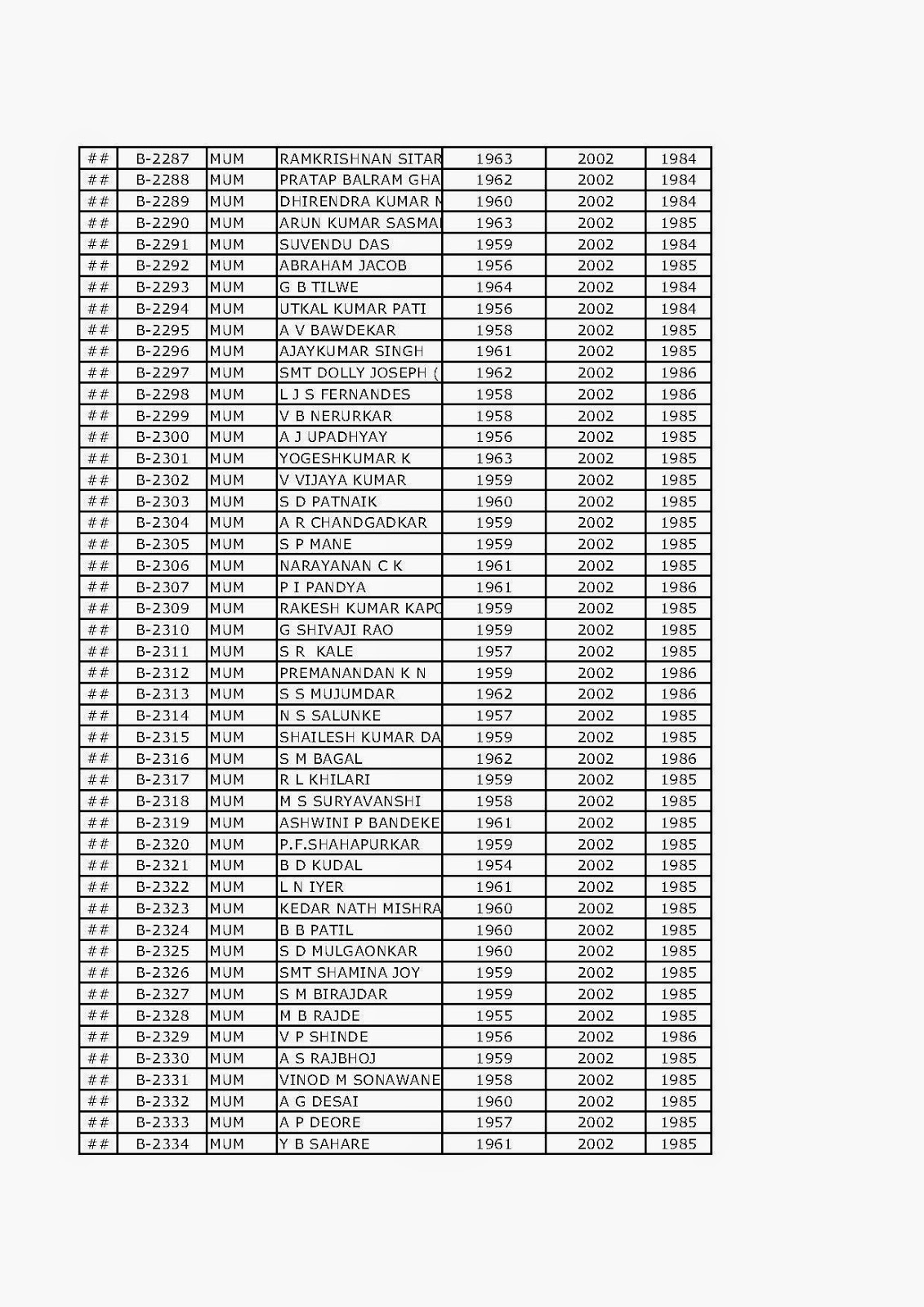
Following this there are promotions in scale to the ranks of Principal Secretary and additional Chief Secretary. In other words, they could be a District Magistrate in their fifth year of service and remain a DM till they are promoted to the Super Time Scale in the 17th year of their service. Senior Scale, Junior Administrative Grade and Selection Grade they will serve as District Magistrate, Chief Development Officer, Director of a department, Managing Director of a Public Sector Unit or a Senior officer in the State Secretariat. As SDM they will look after law and order, general administration, revenue work and such developmental work as may be assigned to them. On completion of their two-year’s probation they will be appointed as a Sub Divisional Magistrate (SDM). Here they will do the work of a sub magistrate. During the course of their two-year probation they will be attached to various training schools, to the Secretariat and field offices and to a district collector’s office. However, more than half their career life will be spent in the State they are allocated, where they will look after law and order, general administration, revenue work and developmental functions. From the rank of Deputy Secretary to the Government of India, they can sign international agreements on behalf of the Government of India. They may also at times be nominated to independently represent India at International forums or accompany the Minister for such meetings. Depending on the rank, an IAS officer might even be the government nominee on the Board of Directors of some Public Sector Corporation. Sometimes, their works entail visits to the States. They may also be asked to furnish information to the Parliament in response to queries relating to the Ministry. In each Ministry they supervise the allotment and utilization of funds by the field officers in the Ministry. in the ministries), IAS officers deal with the formulation of policies and supervise their implementation. At the divisional level, the IAS officers look after law and order, general administration and development work. At the district level, it is concerned with district affairs, including developmental functions. At the central level, this involves the framing and implementation of policy. The IAS handles affairs of the government. The IAS (Indian Administrative Service) was formally constituted in 1947. Indo-Tibetan Border Police Health Service (ITBPHS).Indian Skill Development Service (ISDS).Indian Railway Service of Signal Engineers (IRSSE).Indian Railway Service of Mechanical Engineers (IRSME).Indian Railway Service of Electrical Engineers (IRSEE).Indian Railway Service of Engineers (IRSE).Indian Naval Material Management Service (INMMS).Indian Posts and Telegraphs Accounts and Finance Service (IP&TAFS).Indian Petroleum and Explosives Safety Service (IPESS).Indian Ordnance Factories Health Service (IOFHS).Indian Ordnance Factories Service (IOFS).Indian Legal Service (ILS)- General Central Service (GCS).Indian Enterprise Development Service (IEDS).Indian Defense Service of Engineers (IDSE).Indian Audits and Accounts Service (IA&AS).Geological Survey of India Geophysical Service (GSIGS).Geological Survey of India Engineering Service (GSIES).Geological Survey of India Chemical Service (GSICS).Defense Research & Development Service (DRDS).Defense Quality Assurance Service (DQAS).Defence Aeronautical Quality Assurance Service (DAQAS).
_69.jpg)
_82.jpg)
_94.jpg)
Central Water Engineering Service (CWES).Central Reserve Police Health Service (CRPHS).



 0 kommentar(er)
0 kommentar(er)
